Destinations
Discover our top MICE destinations

Cancun
Cancun has emerged as a favorite world-class meeting & incentive location. It is hard to imagine a better site endowed with natural, cultural and manmade attractions, all in a safe destination combined with the gracious and warm hospitality of the Mexican people.
Sugar white beaches lapped by the turquoise clear waters of the Caribbean, provide all imaginable activities that the 4 elements can offer: Water, Earth, Wind & Fire combined to explore the area with all the rich Mayan influence.
World-class accommodations, luxurious spas, fantastic golf courses, modern meeting and convention facilities with the latest technology, exquisite dining options, shopper’s paradise with numerous modern shopping malls, avenues and handicraft markets. Nightlife is famous for its intensity and variety.
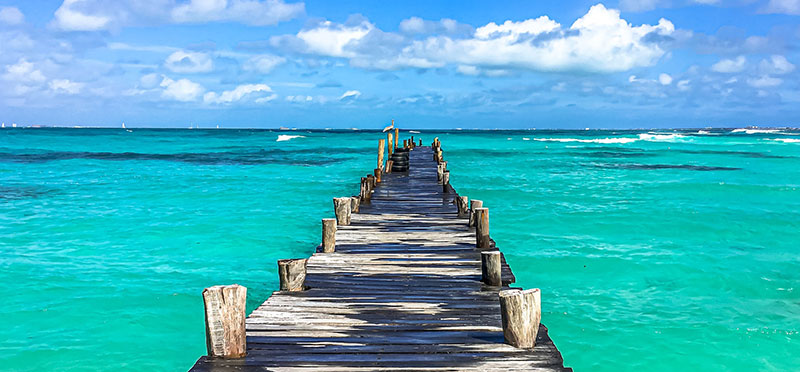
Riviera Maya
Shares 100 miles of spectacular beaches beginning 20 minutes south of Cancun extending from the coastal town of Puerto Morelos south to Punta Allen with unique accommodations, 354 hotels with 30,000 + rooms, ranging from upscale hotels, all-inclusive resorts, and boutique-style hotels to a peaceful beach resort amid lush jungle, first-class resort facilities are well equipped for conferences and banquets, impeccable service, and exquisite cuisine.
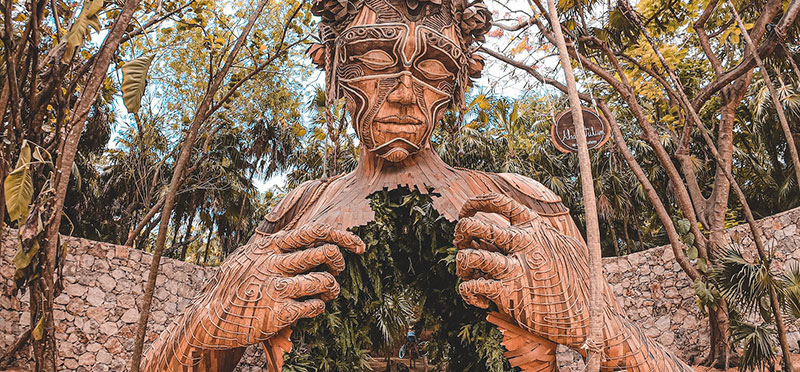
Tulum
Tulum archaeological site is relatively compact compared with many other Maya sites in the vicinity and is one of the best-preserved coastal Maya sites. Its proximity to the modern tourism developments along the Mexican Caribbean coastline and its short distance from Cancún and the surrounding "Riviera Maya" has made it a popular Maya tourist site in the Yucatán Peninsula. The Tulum ruins are the third most-visited archeological site in Mexico.
Many cenotes are in the Tulum area such as Maya Blue, Naharon, Temple of Doom, Tortuga, Vacaha, Grand Cenote, Abejas, Nohoch Kiin, Calavera.
The tourist destination is now divided into four main areas: the archeological site, the pueblo (or town), the zona hotelera (or hotel zone), and the biosphere reserve of Sian Ka'an.
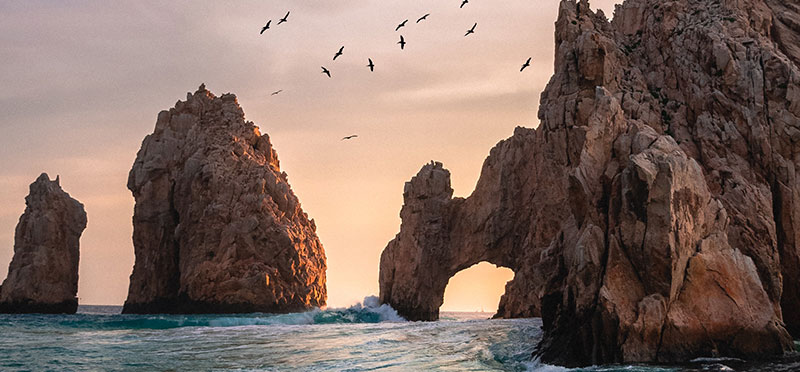
Los Cabos
The distinctive landmark of Cabo San Lucas is the rugged taffy-colored rock formation that erupts from the sea at the tip of the Baja Peninsula, where the Pacific Ocean meets the Sea of Cortez. One of the main natural resources is the beaches. The shorelines are spacious and beautiful.
You can find spectacular accommodation with luxury all-inclusive resorts and boutique hotels. Los Cabos hosts a culinary event called Ritmos, Colores y Sabores. The gastronomy of the region is based on seafood. A locally produced liquor is Damiana, sweet and flavored with a local herb.
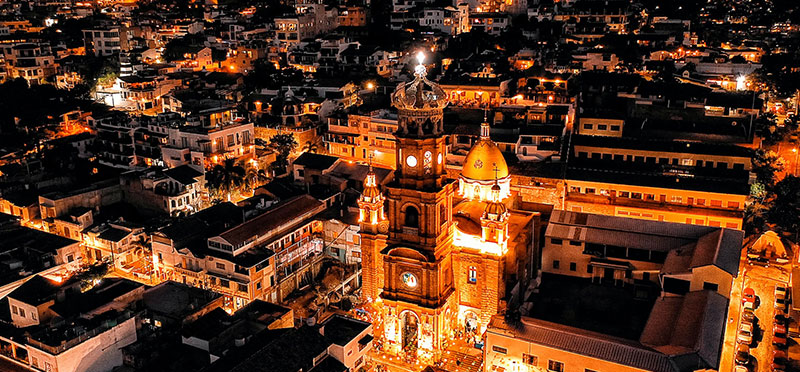
Puerto Vallarta
Puerto Vallarta is a resort town on Mexico’s Pacific coast, in Jalisco state. It is known for its beaches, water sports and nightlife scene. Boutique shops and a range of restaurants and bars. El Malecon is a beachside promenade with contemporary sculptures, as well as bars, lounges, and nightclubs.
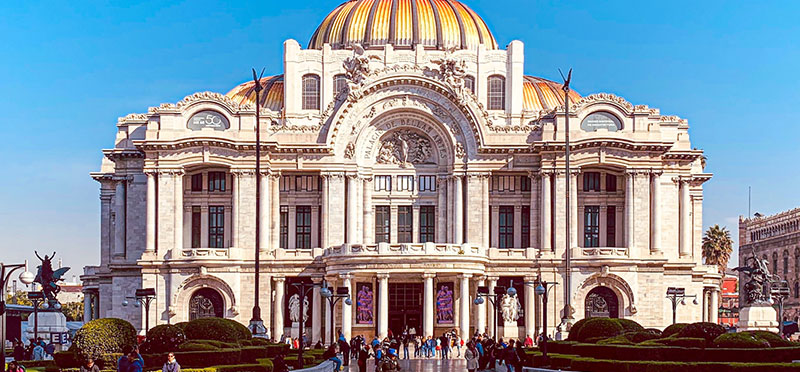
Mexico City
Mexico City, is among the oldest city in North America, built upon the ruins of the Aztec Empire’s capital Tenochtitlan. The city is steeped in history and has long been a center of anthropological, historical, and cultural relevance. This city represents the perfect marriage between old and new, as it has become an epicenter of art, design, architecture, culture, and culinary delights.
Mexico City is also a serious contender for the world’s greatest food city. From street food vendors to leisurely brunch spots to Michelin starred restaurants.

Merida
Mérida, is the largest city in Mexico and the vibrant capital of the Mexican state of Yucatán, has a rich Mayan and colonial heritage. the city is encircled by ancient temples, crumbling ruins, sacred cenotes, and colorful mansions. The Casa de Montejo, a 16th-century mansion, is a landmark of colonial plateresque architecture.
Nicknamed ‘the White City’ after its iconic whitewashed buildings, Merida is the perfect base for your Mexican adventure. Among its many tourist attractions are archaeological sites and ancient residences. Other things to do in Merida include visiting nature reserves and an abundance of museums and art galleries.